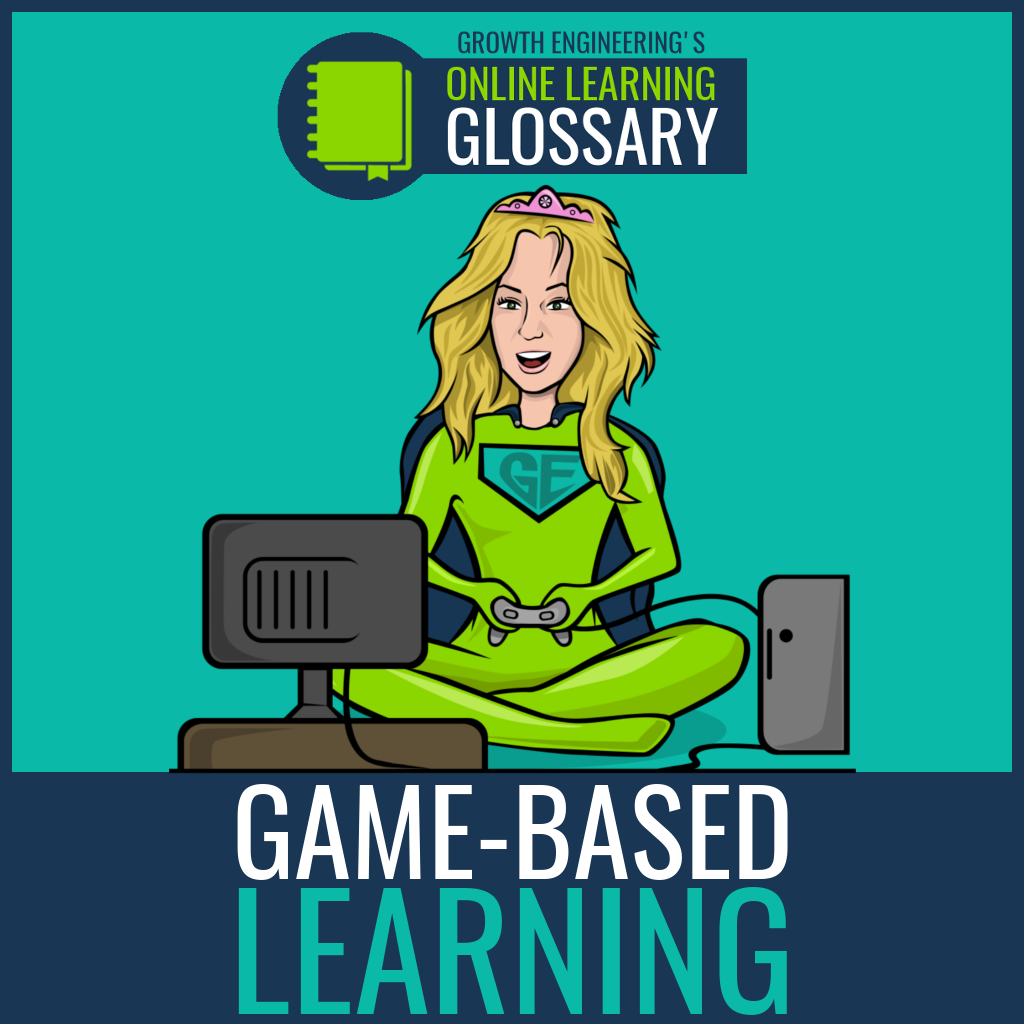and is replicated here as part of the SERC Pedagogic Service.
Game based learning is a good bit different from gamification. With game-based learning, true games are used to provide the learning experience. When using game-based learning, teachers can either use games developed specifically for the classroom or adapt existing games. Game-based learning is about more than giving students educational games like The Oregon Trail. It’s about changing the approach of students towards learning and the approach of learning towards students. The goal is for students to enjoy the process of learning itself.
There is no reason that a generation that can memorize over 100 Pokemon characters with all their characteristics, history and evolution can't learn the names, populations, capitals and relationships of all the 101 nations in the world.
 - Prensky, 2001a . Digital natives, digital immigrants, On the Horizon 9 (5)
- Prensky, 2001a . Digital natives, digital immigrants, On the Horizon 9 (5) This module is written to assist faculty who want to start using games to help them teach.
- The big challenge is to make your learning objective integral to game play.
- Once you've done that, you can use games to:
- Make learning fun
- Liven up your classroom
- Motivate your students to learn outside the classroom
What Is Game-based Learning?
Features of game-based learning (GBL):
- GBL uses competitive exercises, either pitting the students against each other or getting them to challenge themselves in order to motivate them to learn better.
- Games often have a fantasy element that engages players in a learning activity through a storyline.
- In order to create a truly educational game, the instructor needs to make sure that learning the material is essential to scoring and winning.
What is GBL? - elements of an engaging, educational, classroom game.
Categories of games that can be adapted for learning include:
- Video Games (Digital Game-Based Learning)
- Board and Card Games: with descriptions of geoscience games
Why Use Game-based Learning?
Not only does the integration of learning with gaming make science more fun; it also:
- Motivates students to learn
- Immerses them in the material so they learn more effectively
- Encourages them to learn from their mistakes. Learn more about the benefits of Game-Based Learning
How to Teach with Games
To integrate learning and game play:
- Work out how to give students points for accomplishing certain goals in a lesson plan
- Decide on rewards for the victors
- Create game pieces
- Test your game before you run it
Some important concerns include:
- Grades and GamesLearn more about how to teach using games
Geoscience Examples
References
Game Based Learning Pdf
A bibliography of essays and articles dealing with the use of games in education.
Game-based learning has become the best solution for soft skills learning. While classroom training and traditional e-learning formats are less didactic, hard to implement and costly, game-based courses are the best way to train soft skills in a fun, consistent and inexpensive way.
The combination of gamification and game-based learning is commonly used in the development of serious games, however it is important to know exactly what each of these terms refer to.

While gamification is the use of different motivating elements such as score cards that foster competition between users, game-based learning is linked to the cognitive area of the product, its appearance and its visual attractiveness.
In short, students are won over by the techniques used in game-based learning and captivated by the contents.
The main characteristics of game-based learning are:
- The learning process takes place through different and attractive scenarios
- The learning process is based on overcoming different challenges
- The learning experience is positive and interesting
Its also important to highlight the fact that to create efficient game based learning it is essential to integrate a simulator that creates real situations which enable students to practice the skills. When we refer to soft skills training the use of video games is specially interesting. Soft skills need to be practiced in order to ensure learning.
Gamification, game-based learning and serious games pursue the same goal: improve student commitment and engagement.to make the learning experience more positive and enhance memory and retention.
Studies show that gamified formats of training in enterprises improve knowledge retention by students, increase the completion rate of courses and make what is learned to be more applicable to daily life thanks to the inclusion ofgame elements that allow students to practice what they learn while studying theoretical content.
E-learning has been defined over the past decade as a way to make available to the students a large catalog of courses, flexible schedules and individualized training, but it has proved to be a system with abandonment ratios very high low and where effective learning is much lower than with other training methods.
Game Based Learning Software Telegra.ph
In contrast, game-based learning offers all the advantages of individualization and flexibility of e-learning training, but the application of gamification techniques improve their weaknesses. These results make it go gradually imposed gradually in the world of online education and increasingly will gain more land to traditional e-learning.
Game Based Learning
The catalog of game-based learning courses is currently quite small, but be sure to end up with a large part of the online training sector in the future.
